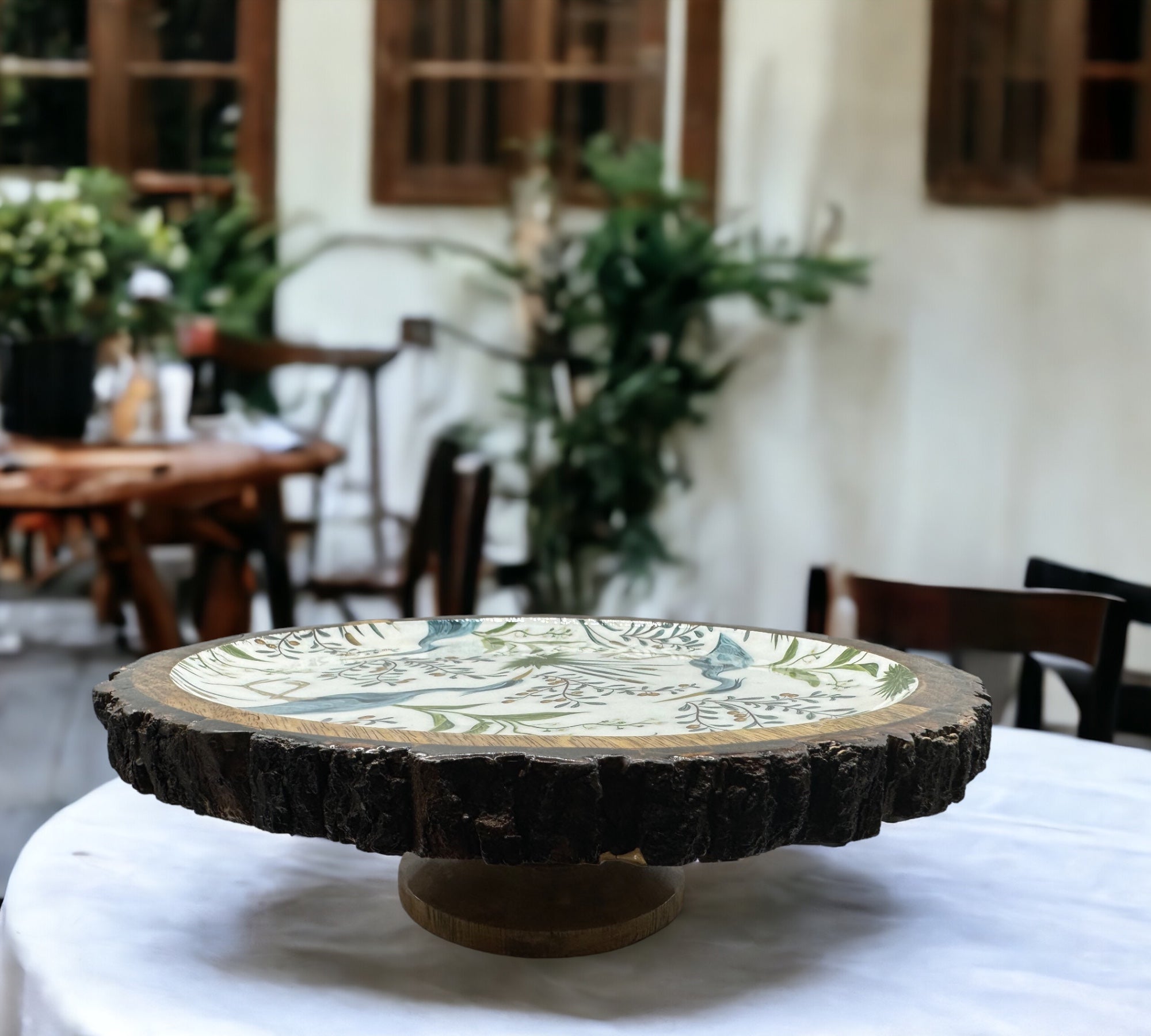India's diverse and rich cultural heritage is intricately tied to its traditional handicrafts, which have been passed down through generations. These crafts, ranging from textiles to pottery, represent the unique histories and identities of various communities. However, with the advent of industrialization and the global market's demand for mass-produced goods, many traditional crafts are at risk of fading away. This blog explores the importance of preserving these crafts and the vital role that supporting artisans plays in this effort.
The Importance of Craft Preservation
Cultural Continuity and Identity Handicrafts are not merely objects of aesthetic value; they are a vital part of India's cultural identity. Each craft carries with it a piece of the history, traditions, and values of the region it originates from. Whether it’s the intricate embroidery of Gujarat, the detailed woodwork from Saharanpur, or the vibrant textiles from Rajasthan, each piece tells a story of its people. Preserving these crafts ensures that these cultural narratives are not lost to time.
Economic Sustainability For many rural communities, handicrafts are a significant source of income. They provide livelihoods and help sustain local economies. Supporting these crafts is not just about preserving tradition; it's also about maintaining economic stability for the communities that depend on these crafts for their livelihood.
Environmental Benefits Many traditional crafts utilize natural and eco-friendly materials. In a time where sustainability is increasingly important, promoting these crafts can help foster environmentally friendly practices. Handicrafts often involve processes that are less resource-intensive compared to industrial manufacturing.
Challenges Faced by Artisans
Artisans are the custodians of these ancient crafts, but they face numerous challenges that threaten the survival of their art:
- Limited Market Access: Many artisans work in remote areas and have limited access to wider markets. This restricts their ability to sell their products and earn a fair income.
- Competition from Mass-Produced Goods: The influx of cheaper, mass-produced items has diminished the market for handcrafted goods, making it difficult for artisans to compete.
- Lack of Recognition and Support: Often, artisans do not receive the recognition or support necessary to sustain their crafts. This lack of appreciation can lead to younger generations being dissuaded from continuing these traditions.
Supporting Artisans: How to Help
To ensure the preservation of traditional crafts and the well-being of artisans, several strategies can be employed:
Promoting Fair Trade and Ethical Sourcing Supporting fair trade practices ensures that artisans are paid fairly for their work, allowing them to sustain their livelihoods. By choosing ethically sourced products, consumers can contribute to the well-being of artisan communities.
Improving Market Access Creating better market access is crucial for the survival of traditional crafts. This can be achieved through online platforms, craft fairs, and collaborations with retailers who value handmade products. Such initiatives help artisans reach a broader audience and secure better prices for their work.
Education and Training Providing artisans with training in areas such as digital marketing, business management, and product development can help them adapt to modern market demands. Additionally, educating consumers about the cultural significance and craftsmanship involved in these products can increase their value and demand.
Government and NGO Involvement Government policies and NGO programs can play a significant role in supporting artisans. Grants, financial incentives, and recognition awards can encourage artisans to continue their crafts. NGOs can also help by organizing workshops, promoting crafts, and connecting artisans with buyers.
Promoting Cultural Tourism Cultural tourism can significantly boost the visibility and sales of traditional crafts. Craft villages, exhibitions, and festivals not only provide direct sales opportunities but also help raise awareness and appreciation for the craftsmanship involved.



